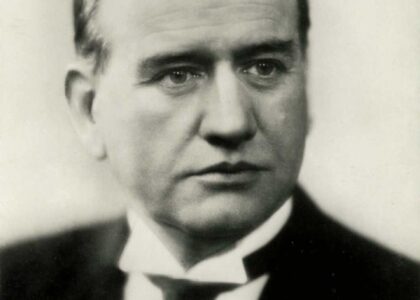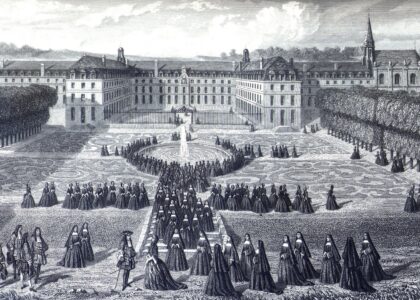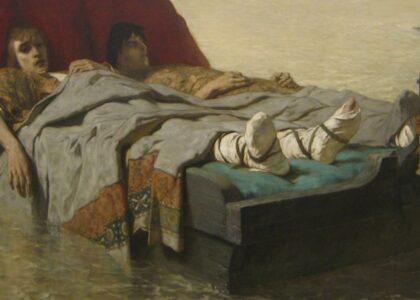Welcome to the French Quarter, one of the most iconic neighborhoods in New Orleans, Louisiana. This vibrant area, also known as Vieux Carré, is the oldest neighborhood in the city. It was established in 1718 by Jean-Baptiste Le Moyne de Bienville, a French Canadian explorer, during the French colonial era. The neighborhood was laid out in a grid pattern, with the Mississippi River forming its southern boundary.
In its early days, the French Quarter was a bustling hub of trade and commerce. The strategic location along the Mississippi River made it a prime spot for merchants and immigrants from various backgrounds, including French, Spanish, African, and Creole. This melting pot of cultures is evident in the architecture, cuisine, and music that the French Quarter is famous for today.
Throughout its history, the French Quarter has witnessed significant events. In 1803, the Louisiana Purchase transferred ownership of the territory from France to the United States, marking a turning point in the neighborhood’s development. The Quarter survived the Great Fire of 1788, which destroyed over 850 buildings, leading to the reconstruction of many structures in the Spanish colonial style that still characterizes the area.
Many notable figures have walked the streets of the French Quarter. Louis Armstrong, the legendary jazz musician, and Tennessee Williams, the famed playwright, both have strong ties to New Orleans. Their influences are still felt through the vibrant music and arts scene in the Quarter.
Over time, the French Quarter has evolved from a colonial trading post into a cultural and historical landmark. It played a crucial role during the jazz age and has been a key player in the preservation of Creole culture. Today, it remains a lively district, drawing millions of visitors each year who come to experience its rich history, unique architecture, and lively atmosphere.
One of the most engaging stories from the French Quarter is that of Marie Laveau, the renowned Voodoo Queen. Her influence on the spiritual and cultural practices of the area is still celebrated, and her legacy continues to intrigue both locals and visitors alike.




